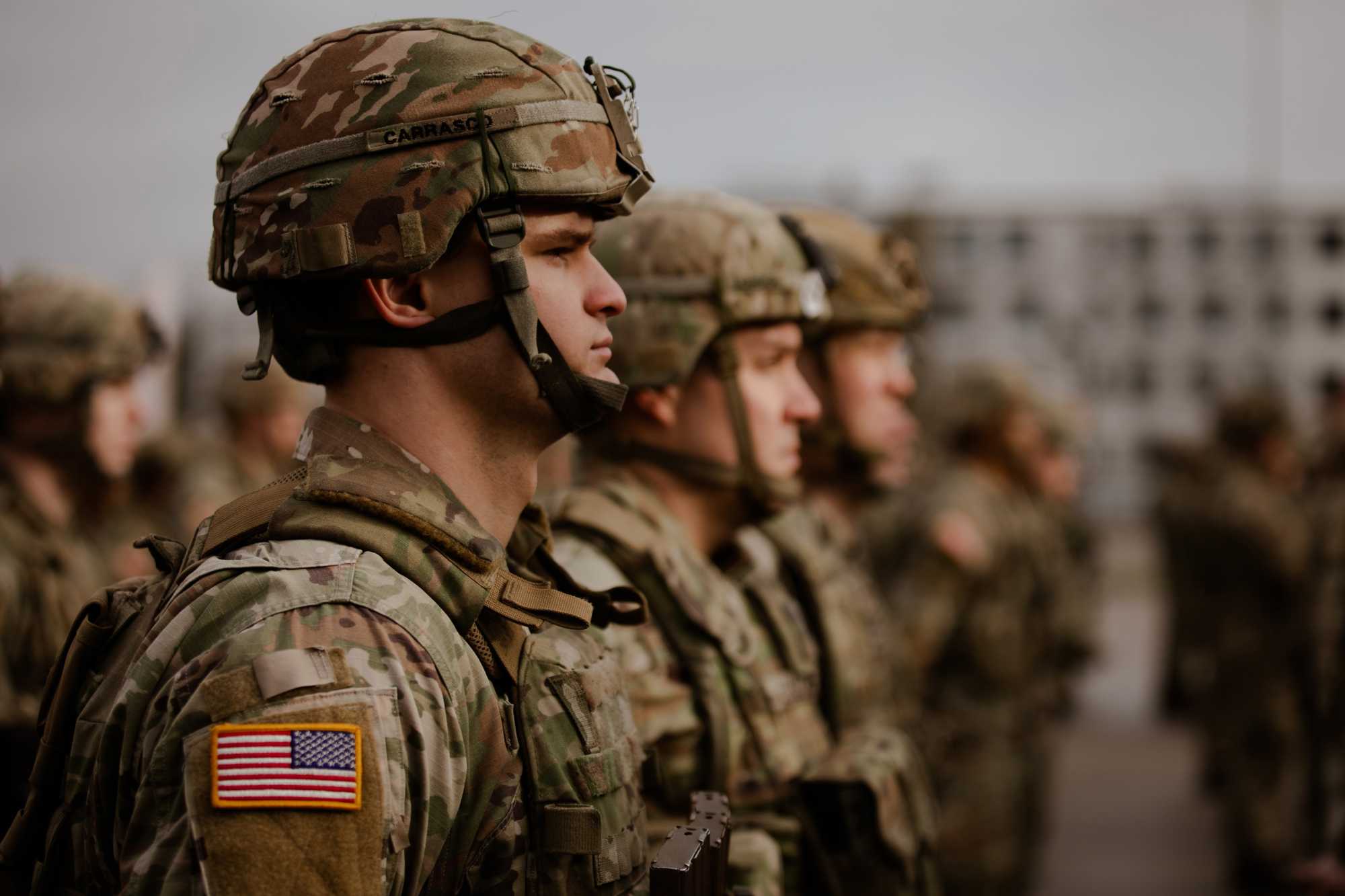Beijingwalker
Senior Member
- Jan 27, 2024
- 69,455
- 37
- Origin

- Residence

- Axis Group

“Not Designed To Fight Two Big Rivals Simultaneously” — US ‘Stretched Thin’ With China, Russia, Iran Conflicts
By Parth SatamJanuary 30, 2024
The standoff at the Texas border with armed civilian groups, the unprecedented military recruitment crisis marked by falling numbers of youth opting for military service, and simultaneous tensions in three flashpoints of Europe, the Middle East, and the Indo-Pacific have stretched the American armed forces thin.
For the first time since the Cold War, especially since the 1980s, when the American armed forces were at their strongest, they are now at their most vulnerable owing to the sudden eruption of geopolitical, industrial, economic, and societal factors.
Experts and media reports have noted these issues with the US military for a year, but recent developments have caused them to evolve simultaneously.
The standoff at the border in Texas has been judged to have characteristics of a civil war in the event the internal strife is not resolved. Texas Governor Greg Abbott defied a Supreme Court ruling that said US Border Patrol agents could remove the razor wire the Texas National Guard put up.
There is a Texas secession movement, dubbed Texit, whose de facto leader recently told Newsweek that he believes Texas could become an independent nation within three decades.
What is interesting is the issue’s interconnection with Russia since many Republican leaders are bargaining for stricter immigration laws from the Biden administration in return for resuming funding for Ukraine. Republicans, especially the Donald Trump faction, have long opposed arming Ukraine and pushing for rapprochement with Russia.
Meanwhile, the recruitment crisis has been seeing historic lows since last year. The previous two decades of war have caused public confidence in the US Army to plummet, with only 60 percent of respondents saying they have confidence in the US military.
Gallup poll statistics are the lowest in over two decades. The US military personnel were fighting in Afghanistan and Iraq during this period. For the second time in over a year, the US Navy has opened the door to lower-performing individuals to meet its recruitment goals.
Logistics Problems In The Western Pacific
US Navy’s former Indo-Pacific Command Chief (INDOPACOM), Admiral Harry Harris, told the Senate Armed Services Committee in 2018 that American vessels were at a “disadvantage (before) China (with its) ground-based ballistic missile that threatens our basing in the western Pacific.”His successor, Admiral Phil Davidson, concurred three years later in 2021 while discussing China’s missile tests. “These mid-range, anti-ship ballistic missiles are capable of attacking aircraft carriers in the western Pacific,” Davidson said about the DF-21D.
The missile is a highly unorthodox anti-ship ballistic missile (ASBM) with ranges above 2,000 kilometers. Designed specifically against American carrier strike groups, the missile follows a ballistic path and then re-enters the atmosphere, releasing warheads at possibly hypersonic speeds at American warships.
Former US Marine Corps Officer Robert Haddick, who was then a Visiting Senior Fellow at the Mitchell Institute for Aerospace Studies, told Reuters in 2019 that it is a “huge gap,” adding, “China’s anti-ship missile capability exceeds those of the United States in terms of range, speed, and sensor performance.”
If weapon performance is insufficient, logistics to sustain a long-drawn conflict is another handicap. The US Marine Corps Assistant Commandant, General Eric Smith, called this capability gap a “dirty little secret” in a Stimson Centre webinar reported by EurAsian Times in 2022.
The US’ logistics are fledgling, and it has no means to sustain a lengthy conflict while China can. “We cannot rely on big, heavy platforms to be loaded on a strategic lift on 30 days’ notice while we shuffle our way into support. Force Design 2030 makes the problem less since it relies on lighter, mobile, smaller forces,” Smith said then.
While a wargame in 2020 conducted by the think tank RAND Corporation repeatedly ended in devastating US and Taiwanese defeats, another wargame by the Center for Strategic and International Studies (CSIS) in 2022 resulted in the US-Taiwan victory, as Chinese amphibious warfare capabilities were found to be lacking compared to the American capabilities to counter the invasion.
The latest warning has come from former US Marine Corps Generals and commandants, who have opposed the service’s previous chief, General David Berger’s Force Design 2030 doctrine for the last two years.
The operational concept envisages small teams of lightly-armed, missile-firing, and island-hopping Marine units undertaking anti-ship missilery on Chinese vessels from friendly allied-controlled features in the South and East China Seas.
Quoting from a report in the Wall Street Journal (WSJ), the Daily Caller said how former USMC Commandants like Generals Joe Dunford, Anthony Zinni, and Charles Kurlak had been trying to impress upon Berger to reconsider his plan, which was “flaying the fabric” of the service.
It quoted retired Lt. Col. Scott Moore, who said the wargames were built on some “unchallenged assumptions” about Marines being able to station themselves on remote islands in the Pacific “with an adequate logistics trail before Chinese forces contested the area.”




